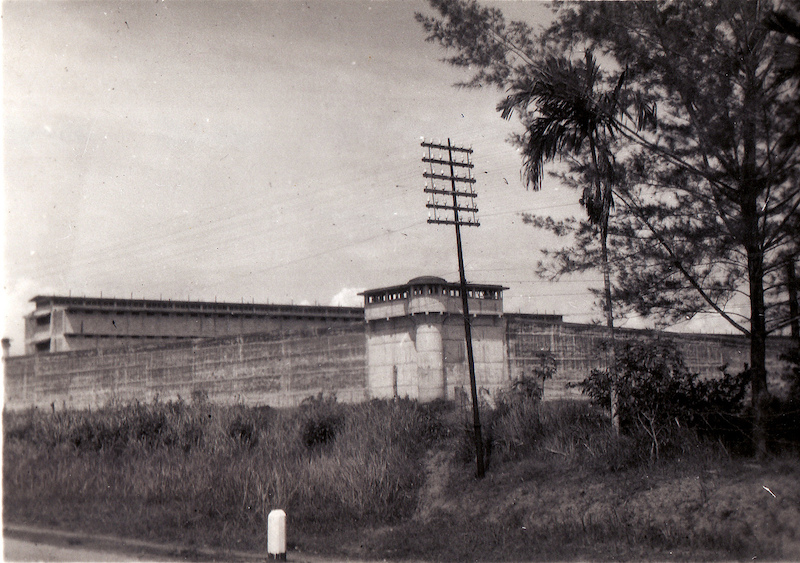In all its towering, grim glory, the iconic Changi Prison entrance gate, wall and turrets have been gazetted as a national monument by the National Heritage Board today.
The intimidating facade of the prison became Singapore’s 72nd National Monument on the 74th anniversary of the nation’s surrender to Japanese forces during World War 2.
Becoming operational in 1937, Changi Prison was designed with maximum security in mind (duh), complete with turrets serving as watchtowers and a 20-feet tall perimeter wall. The prison was historically significant for being an internment camp for civilians and Prisoners of War during the Japanese Occupation — over 5,000 people were packed within its walls, despite a maximum occupancy of 600 prisoners.
The prison returned to civilian control in 1947 after the end of World War 2, and continued being historically noteworthy. Several members of the People’s Action Party (PAP) — including Devan Nair, Lim Chin Siong and Fong Swee Suan — were detained in Changi Prison in 1956 for their involvement in labour strikes. They were released three years later after the PAP won the General Elections.
The old Changi Prison was demolished in 2000, and inmates were relocated to the new Changi Prison Complex and the Changi Women’s Prison and Drug Rehabilitation Centre. The front gates of the old prison however were preserved and remain as a daunting behemoth in front of the the new premises.




